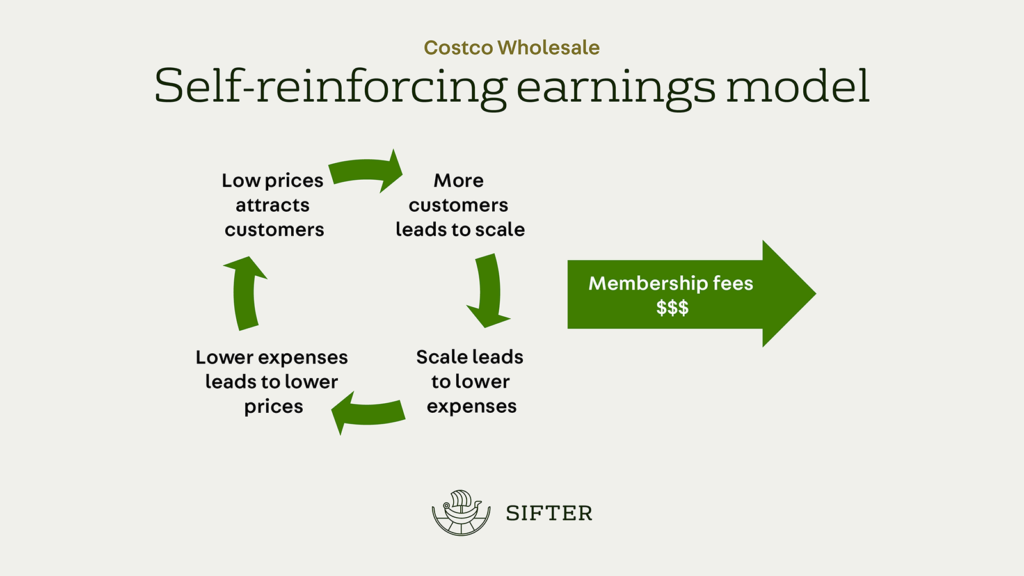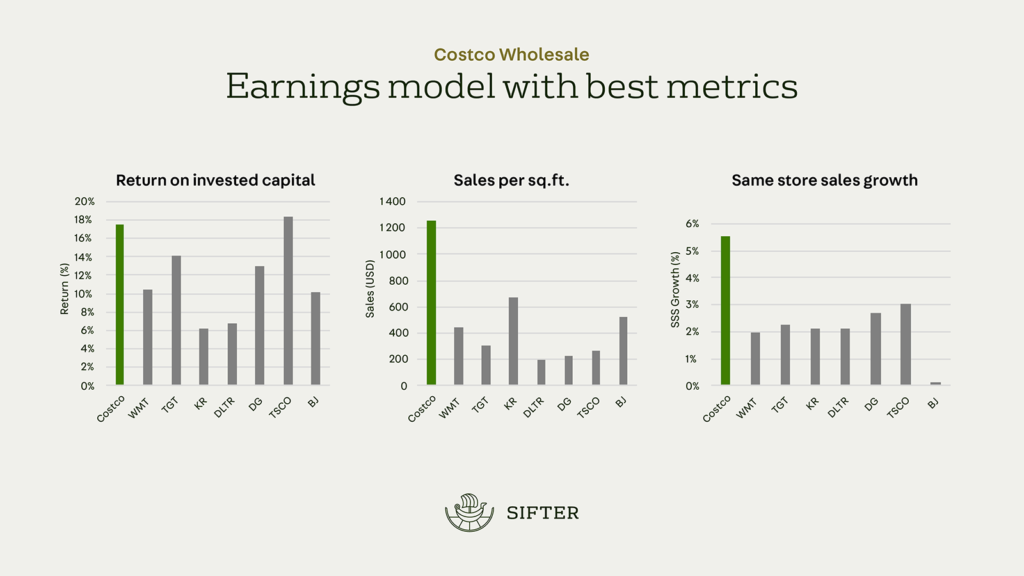Every year, we research dozens of companies worldwide and invest in some of them. For every investment, Hannes Kulvik, the founder of Sifter Fund, has one crucial question: What is the company’s Money-Making Power?
Only once this question has been definitively answered, we will look at the share price and make an investment decision.
So what does Money-Making Power (MMP) mean?
Money-Making-Power is a consequence of the efficiency of the company’s earnings model and the related competitive advantages. The earnings model is the company’s engine, i.e., the logic of how a company creates value for its customers and itself.
Quality companies often have slightly different earnings models than their competitors. The competitive advantages of the earnings model can be related to the customer’s perceived value i.e., customers are ready to pay a higher price. On the other hand, competitive advantages can also stem from the internal factors in the earnings model, in which the company can create more value for itself.
Often, these competitive factors create favorable conditions for a quality company, where the barriers to entry are high.
Consequently, quality companies are able to enjoy high margins and maintain excellent profitability.
Case Costco: High customer loyalty and a growing money-making machine
The wholesale retail chain, Costco, has an earnings model which is very different from Walmart’s, although on the surface both sell cheap everyday goods to consumers.
The most significant difference in Costco’s model is how it creates value for itself. Costco’s profitability is largely based on membership fees. For a customer to be able to shop at Costco, they must pay an annual membership fee of around $60.
Why would a customer pay a membership fee to access the store? One loyal customer of Costco stated: “I get to buy high-quality products at wholesale prices.” In addition to affordability, Costco has a limited but excellent product selection and a superior customer experience.
Costco member loyalty is outstanding. More than 90 percent of existing members renew their membership fees yearly, and the number of completely new members increases annually.
Costco has grown its membership to over 100 million globally, creating a predictable revenue stream and a high barrier to entry that is difficult to replicate.
As the number of members increases, Costco can offer its customers even cheaper products. Thus this earnings model provides increasing added value for customers, which attracts new members, and at the same time, Costco’s Money-Making Power only increases.

Interested in long-term quality investing? Download our 20-page guide: Long-term quality investing. Our guide explains how time and high-quality companies work in an investor’s favor.
Why is Money-Making Power so crucial to the long-term investor?
The market tries its best to estimate the correct price of stocks every day. Share prices may fluctuate drastically within days and weeks, even if nothing has changed in the company’s money-making power.
However, a long-term investor does not buy short-term changes in stock prices.
He owns a piece of the company, its future cash flows, and especially its money-making potential.
When we find a quality company with a different earnings model, with substantial competitive advantages and pricing power, we can safely pay a little more for its stock than the price based on short-term expectations.

The long-term results of growing quality companies like Costco often surprise investors. This is because the stock market usually evaluates the short-term profit expectations according to the changes in the macro world.
However, it does not adequately consider the future potential of money-making, e.g., over five years. As a result, the short-term price of the share is not as important to us as the long-term money-making potential of a quality company.
The added value of the Sifter Fund for the investor
Hannes Kulvik developed an investment philosophy in which we look for the best quality companies globally and hold them for a long time. At the core of this investment strategy is the emphasis on the company’s Money-Making-Power and its long-term ownership.
We think that not only are positive returns essential for an investor but also positive feelings one has knowing you hold profitable businesses, especially during times of stock market turbulence.
Long-term quality investing best describes Sifter Fund’s investment style. We have also written a 20-page guide on the topic: Long-term quality investing.
Santeri Korpinen
CEO, Sifter Capital


